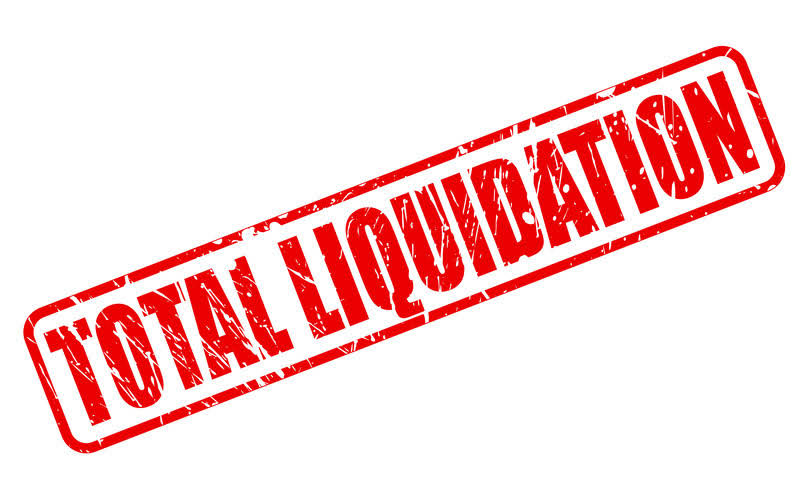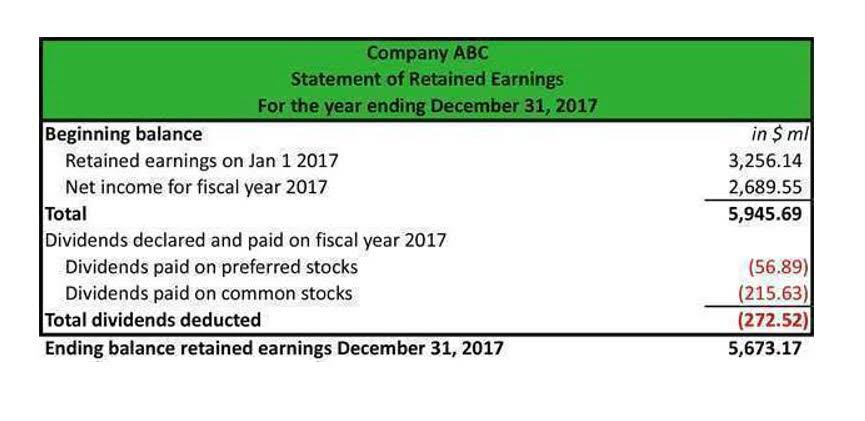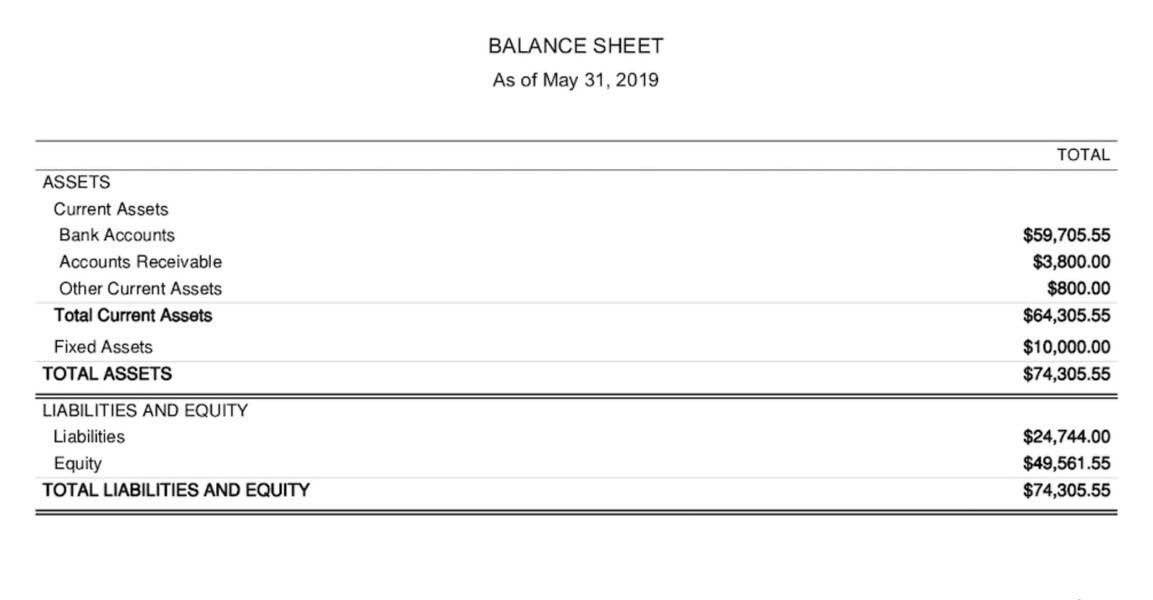
The aging method direct write off method is a modified percentage of receivables method that looks at the age of the receivables. The longer a debt has been outstanding, the less likely it is that the balance will be collected. The aging method breaks down receivables based on the length of time each has been outstanding and applies a higher percentage to older debts.
Time Value of Money
- When making this decision, companies must weigh the benefits and drawbacks of each method.
- Double Entry Bookkeeping is here to provide you with free online information to help you learn and understand bookkeeping and introductory accounting.
- Our AI-powered Anomaly Management Software helps accounting professionals identify and rectify potential ‘Errors and Omissions’ throughout the financial period so that teams can avoid the month-end rush.
- The direct write-off method is a simple method where businesses can write off the exact bad debt amount that goes uncollected.
- The allowance method helps management better understand the risks and opportunities in their accounts receivable by considering how uncertain it is that they will be paid.
- This entry removes the uncollectible amount from the accounts receivable and records it as an expense.
This estimate is based on the sales and collections information from previous years and is reported by setting up a holding account called the allowance for doubtful accounts x. This accounting principle allows for the client’s balance to remain while reducing the accounts receivable on the balance sheet by creating a contra-asset account. Rather, an account receivable is written-off QuickBooks directly to expense only after the account is determined to be uncollectible. Because customers do not always keep their promises to pay, companies must provide for these uncollectible accounts in their records. The direct write-off method recognizes bad accounts as an expense at the point when judged to be uncollectible and is the required method for federal income tax purposes. The allowance method provides in advance for uncollectible accounts think of as setting aside money in a reserve account.

Cash Management
Under the direct write-off method, bad debts are not https://www.bookstime.com/articles/how-long-should-you-keep-business-records recognized until they are actually written off, which may be after the revenue has been recognized. This throws off the timing of a company’s income and expenses and doesn’t show the real financial picture of how it runs. The origins of the direct write-off method can be traced back to the early days of accounting when businesses used various methods to account for bad debts and uncollectible accounts.

Brief Overview of the Allowance Method

In the direct write off method example above, what happens if the client does end up paying later on? Accounts Receivable would be debited, and the Bad Debt Expense account would be reduced. Factors such as credit policies, industry trends, and economic conditions can affect the bad debt expense. One customer purchased a bracelet for $100 a year ago and Beth still hasn’t been able to collect the payment. After trying to contact the customer several times, Beth decides that she will never receive her $100 and decides to write off the balance on the account. The direct write-off method can be a useful option for small businesses infrequently dealing with bad debt or if the uncollectibles are for a small amount.
Account

As a result, the balance sheet is likely to report an amount that is greater than the amount that will actually be collected. It can also result in the Bad Debts Expense being reported on the income statement in the year after the year of the sale. For these reasons, the accounting profession does not allow the direct write-off method for financial reporting. The Direct Write-Off Method directly impacts the income statement by recognizing bad debts only when they are deemed uncollectible.
Q2. What is the difference between direct method and allowance method of accounting for bad debts?
On the other hand, the Allowance Method provides a more accurate picture of a company’s financial health by ensuring that bad debt expenses are recognized in the same period as the related sales. It also complies with GAAP and IFRS, making it the preferred method for most companies. In conclusion, bad debt expense is a critical component of a company’s financial reporting, reflecting the amount of accounts receivable that are deemed uncollectible. The accurate estimation and accounting of bad debt expense are essential for maintaining the integrity of financial statements and making informed business decisions. Bad debt expense is a critical component of a company’s financial reporting, reflecting the amount of accounts receivable that are deemed uncollectible. This expense is a natural consequence of extending credit to customers, as some may fail to pay their debts due to various reasons such as financial difficulties, bankruptcy, or even fraud.
The Direct Write-Off Method Requires A Business to Write Off a Debt As Soon as It Becomes Uncollectible
- Since the current balance is $17,000, we need to increase the balance to $31,800.
- This means that a company will record bad debt as an expense once they deem it to be uncollectible.
- This means that the expense is paired with the sale, so that all expenses related to the sale are reported in the same period as the sale.
- In January 2020, the company issued an invoice to one of its customers, David Smith, for $500.
- Find out how GoCardless can help you with ad hoc payments or recurring payments.
- But, the write off method allows revenue to be expensed whenever a business decides an invoice won’t be paid.
The bad debt expense is typically calculated as a percentage of the total accounts receivable, and it is recorded as an expense on the income statement. This expense has a direct impact on a company’s net income, as it reduces the revenue generated from sales. In the allowance method, businesses create an allowance for doubtful accounts, which serves as a contra-asset account on the balance sheet. This account estimates the amount of accounts receivable that may not be collected. By adjusting this allowance periodically based on historical data, industry standards, or economic conditions, companies can better anticipate potential losses.
Understanding the causes of bad debt helps businesses implement effective credit policies and collection strategies, minimizing the risk and impact of uncollectible accounts on their financial health. The choice between these methods depends on various factors, including the size and nature of the business, industry practices, and regulatory requirements. Companies must consider their specific circumstances and consult with accounting professionals to determine the most appropriate method for managing bad debt. Accurate and timely recognition of bad debt not only ensures compliance with accounting standards but also provides valuable insights into the effectiveness of credit policies and overall financial health. Most of the time, the allowance method is better than the direct write-off method for keeping track of bad debts. This is because the allowance method follows the matching principle and gives a more accurate picture of a company’s financial situation.
Financial Reporting
The estimated amount is debited from the Bad Debts Expense and credited to an Allowance for Doubtful Accounts to maintain balance. The Coca-Cola Company (KO), like other U.S. publicly-held companies, files its financial statements in an annual filing called a Form 10-K with the Securities & Exchange Commission (SEC). When we decide a customer will not pay the amount owed, we use the Allowance for Doubtful accounts to offset this loss instead of Bad Debt Expense.




